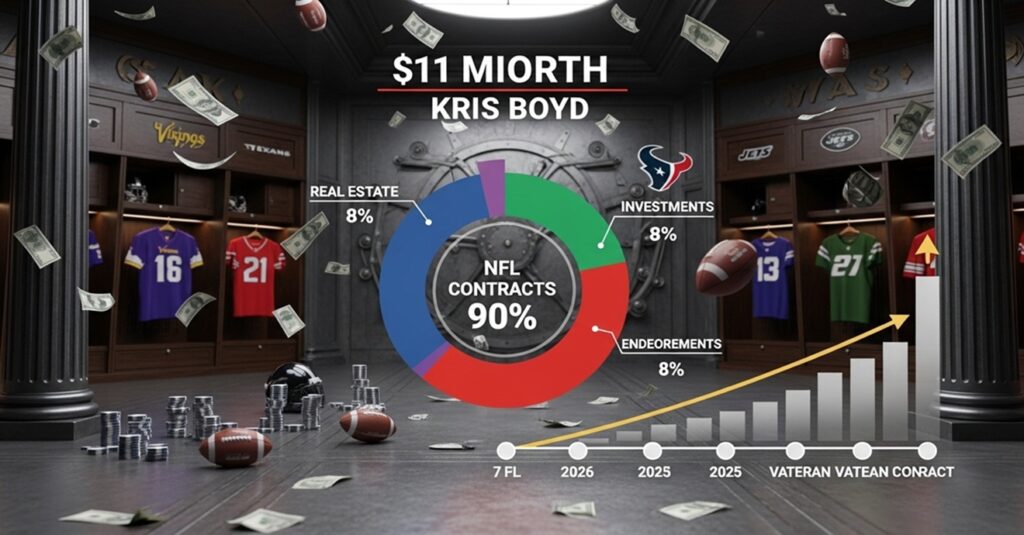Kris Boyd’s Net Worth: From 7th-Round Pick to NFL Veteran | Career, Family and Legacy
From a 7th-round draft pick battling for a roster spot to a respected NFL veteran and special teams ace, Kris Boyd’s journey is one of resilience, toughness, and financial success. While he may not be a household name like a franchise quarterback, Boyd has carved out a multi-year career in the world’s most lucrative sports …










